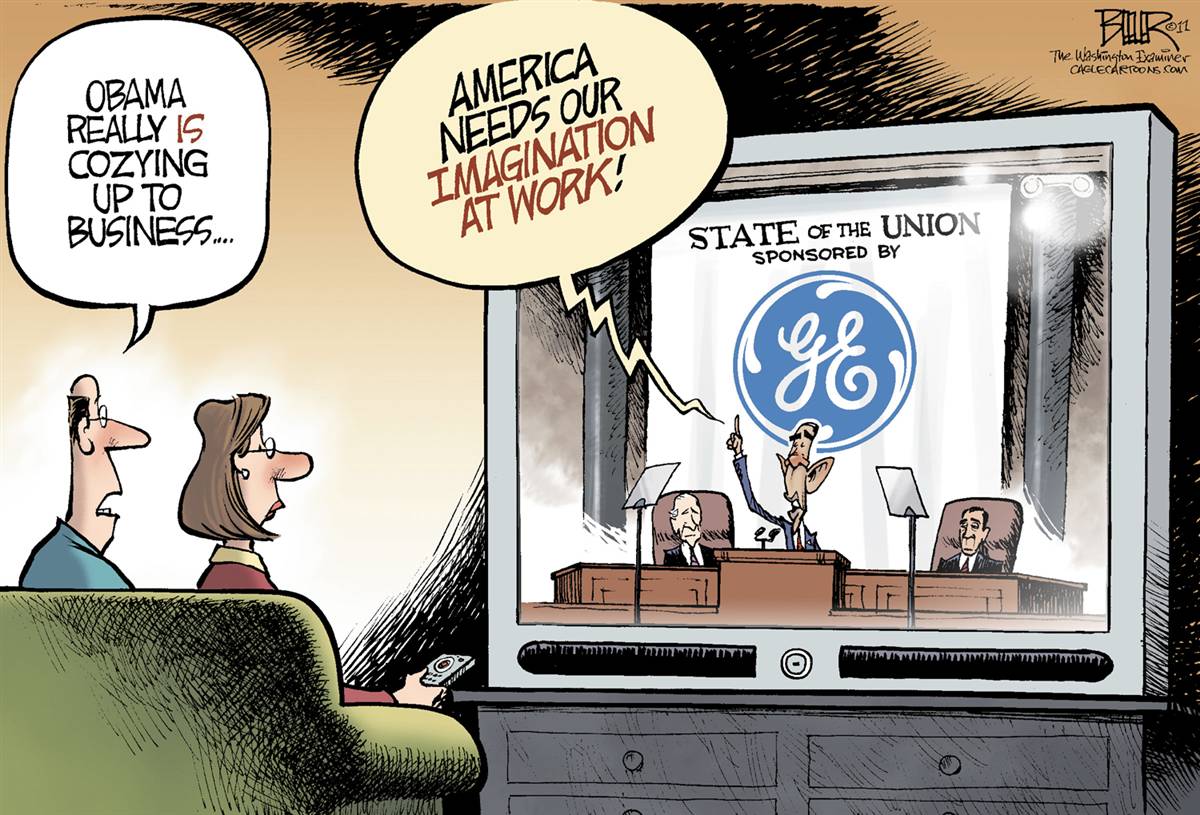
The Texas Progressive Alliance is hoping for a swift and player-friendly resolution to the NFL labor situation as it brings you this week’s roundup.
Bay Area Houston submits a press release from Rick Perry: TX Gov Rick Perry puts the Chupacabra on emergency legislation.
Off the Kuff conducted an interview with Houston City Attorney David Feldman to discuss the upcoming Council redistricting process.
Harold at Letters From Texas poked fun at the Texas weather on both Wednesday and Friday.
While the Big Gas Mafia is pumping diesel fuel into the ground in the name of national security and energy independence, they have been quietly planning to ship a bunch of it to China. TXsharon wants you to think about who profits and who pays for this so-called “clean energy.”
CouldBeTrue of South Texas Chisme notes privatizing essential services promotes profits not the general welfare. The Corpus Christi Caller Times pretends (or not) to be all stupid about the rolling blackouts.
Texans came to the shivering realization last week that the energy capital of the world can’t keep its lights on. PDiddie at Brains and Eggs provides the reveal.
How bad is the disaster that Perry wrought? Libby Shaw spells it out over at TexasKaos . See Governor Rick Perry Lays a $30 Billion Rotten Egg on Texas.
Eye On Williamson informs us that GOP Williamson County Congressman John Carter wants to increase the amount of mercury in our air, Rep. Carter wants to increase corporate profits by harming nature.
It’s always good to know that someone is sticking up for the stupid and belligerently ignorant. McBlogger offers his thanks to Speaker Boehner for being that someone.
Neil at Texas Liberal wrote last week on the release—after many months—of the video tape of a number of Houston police officers beating up 15 year old Chad Holley. The public has a right to see this video. Houston’s political leaders should be less concerned about Houston’s image and the unlikely prospect of civil disorder, and more concerned with high rates of poverty in Houston that help drive young people to crime.








